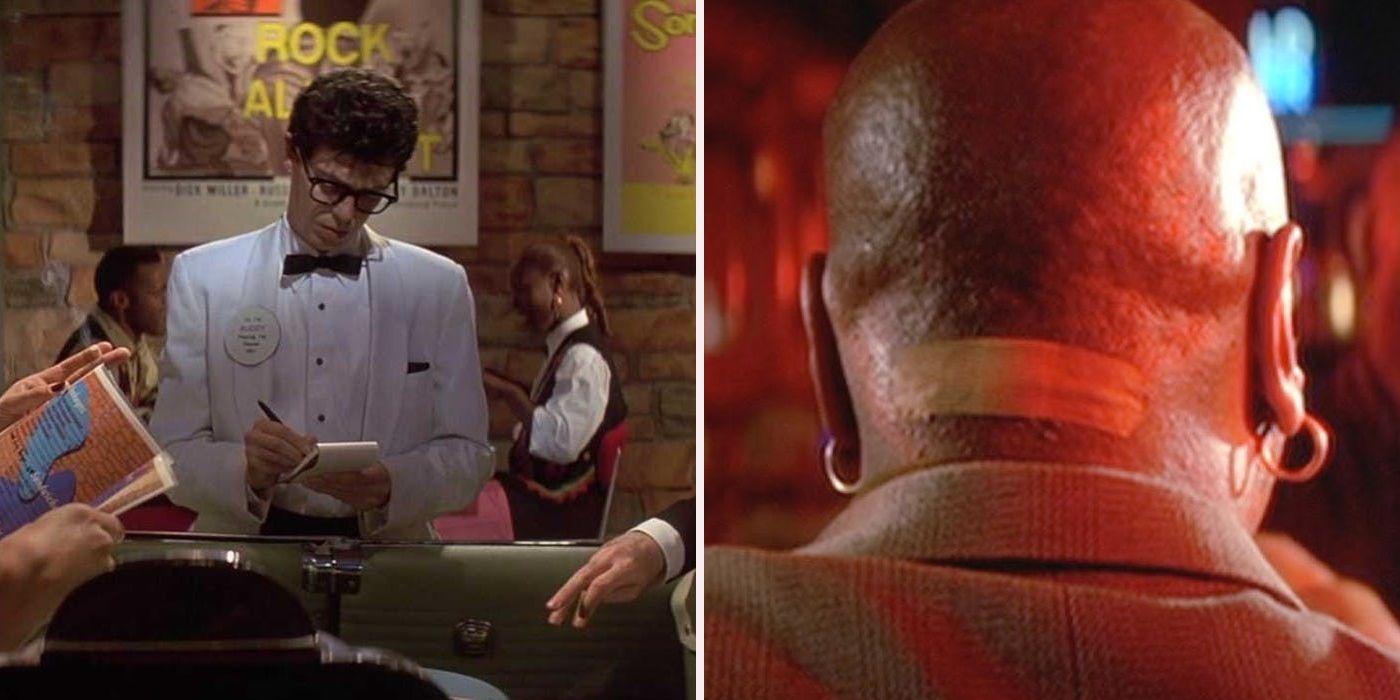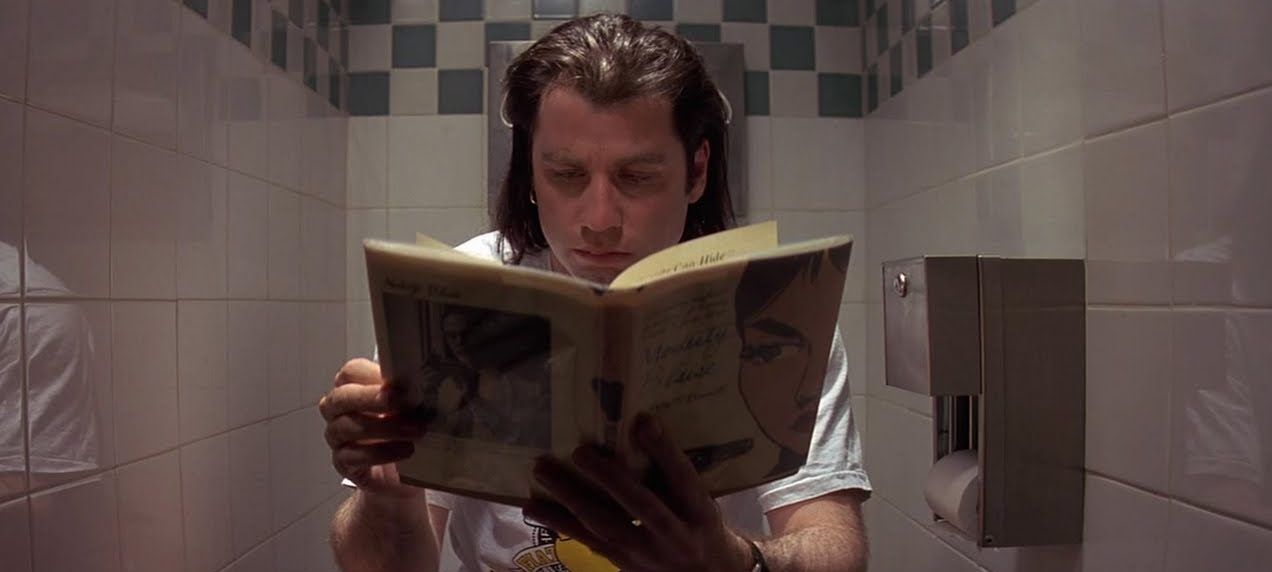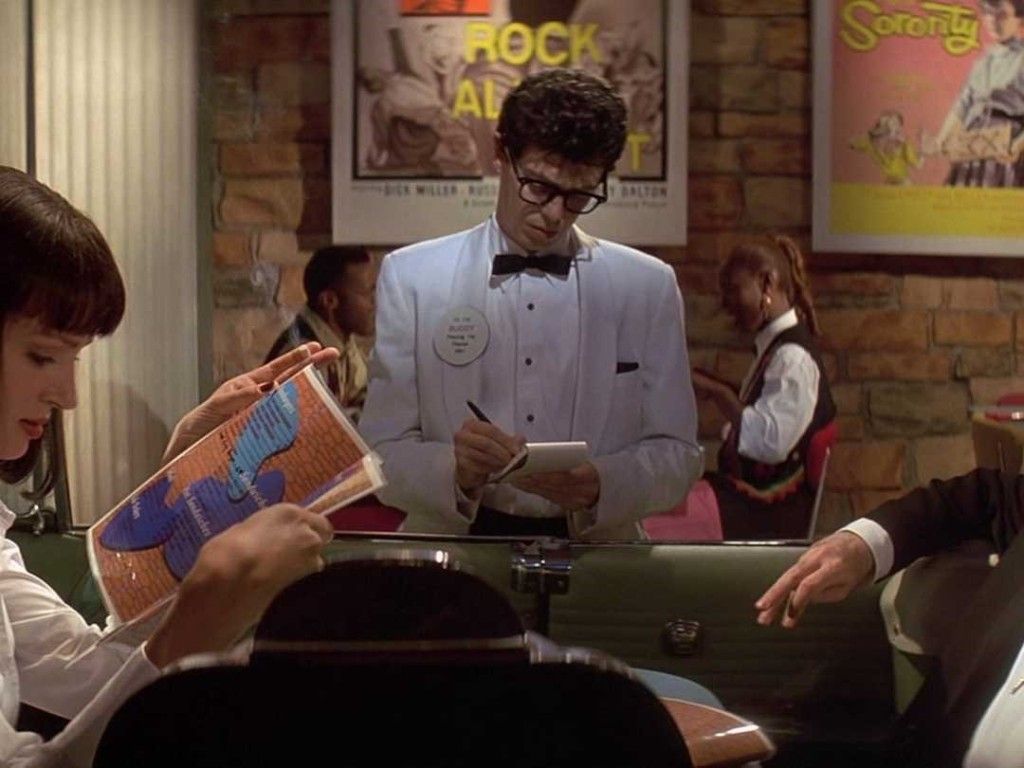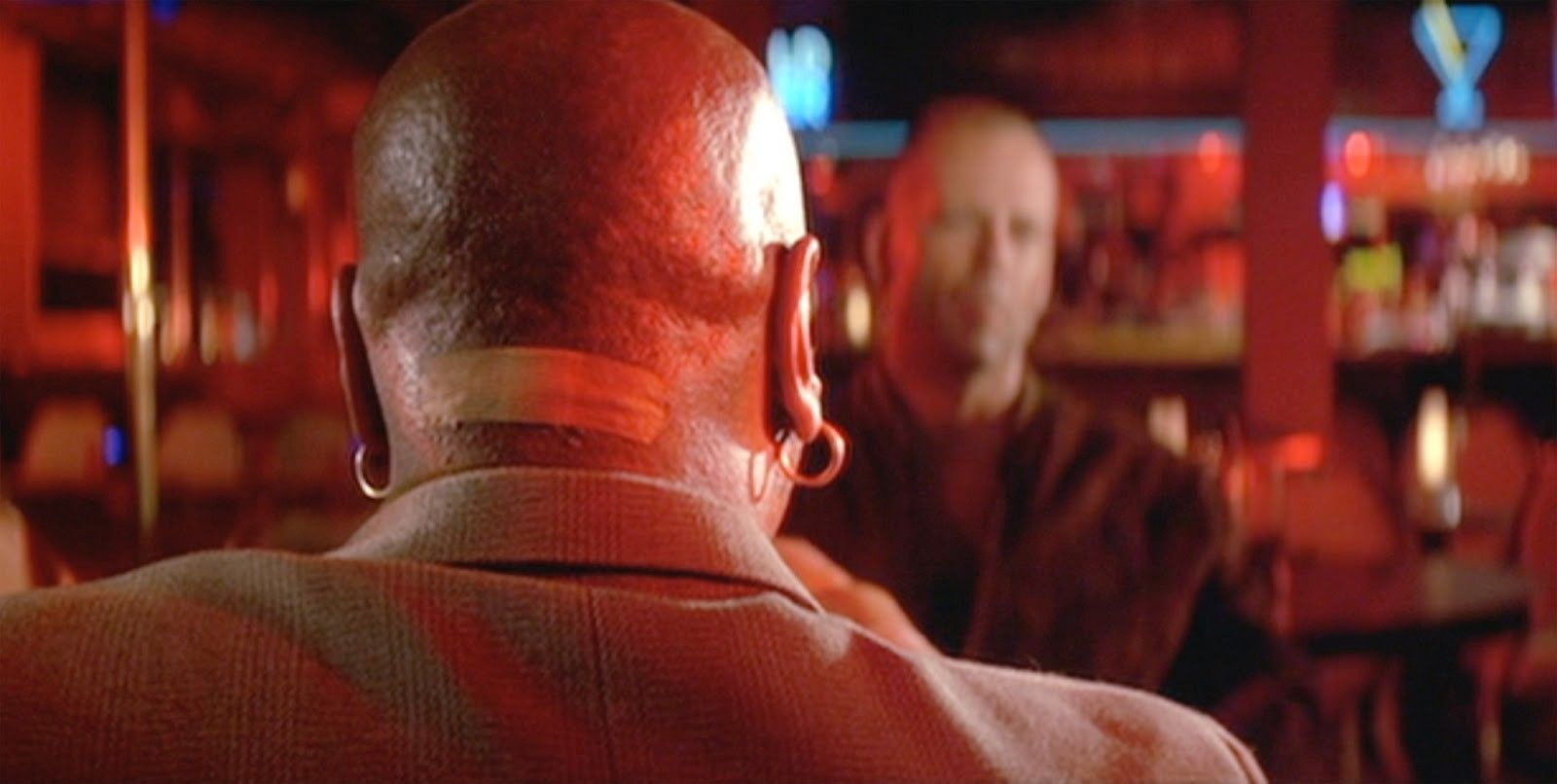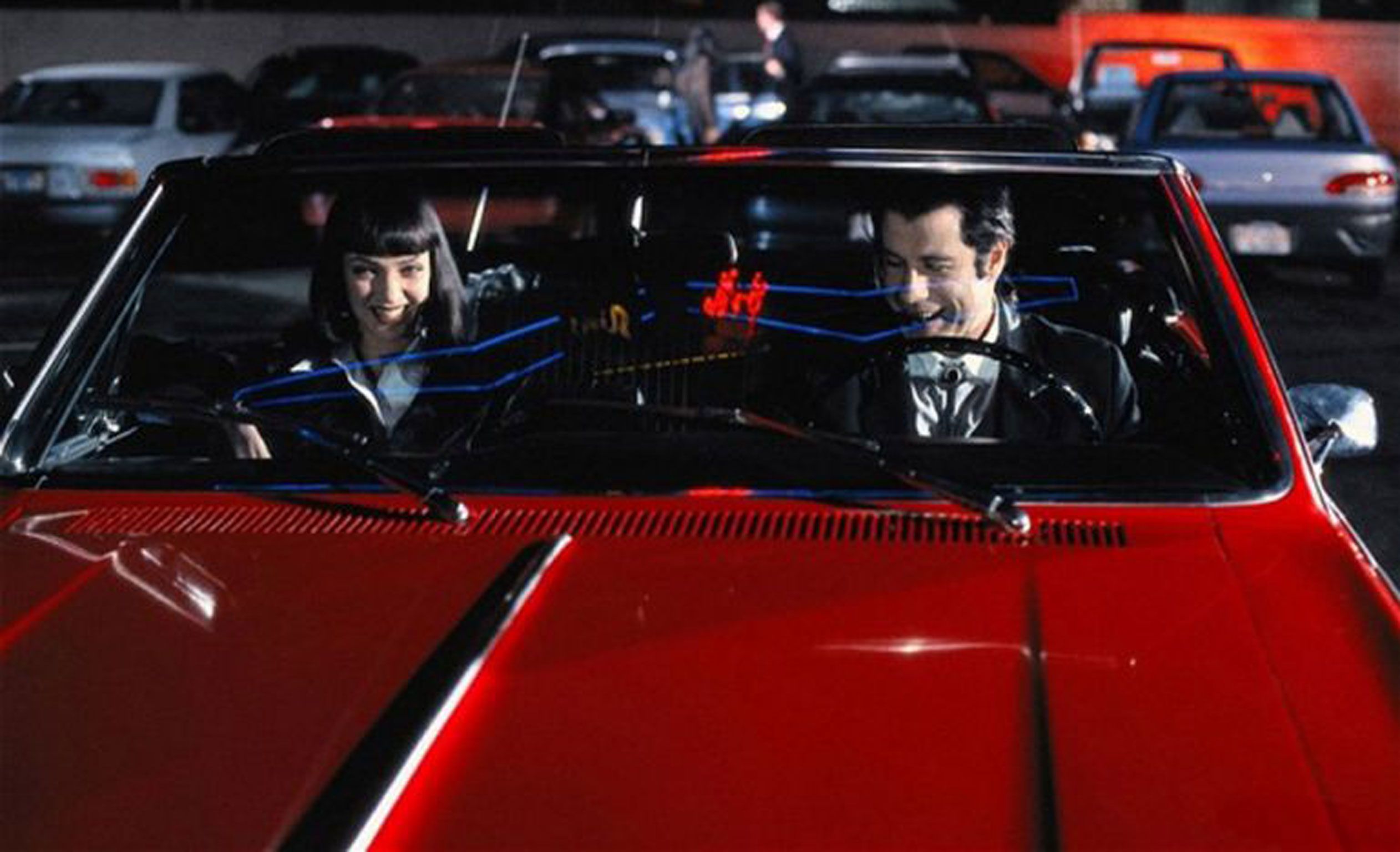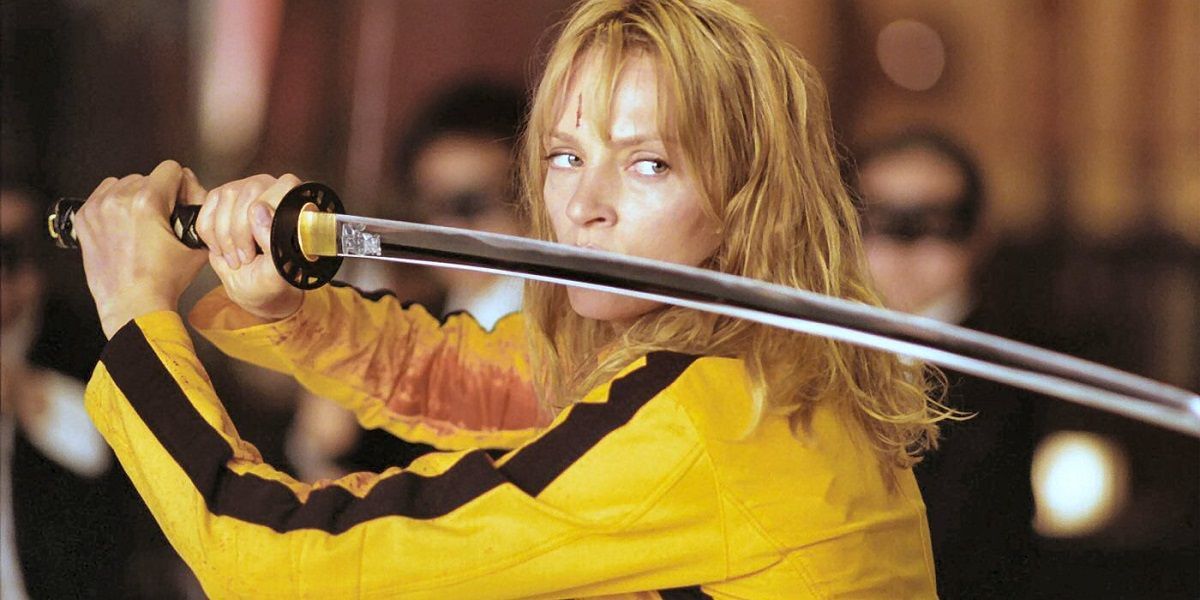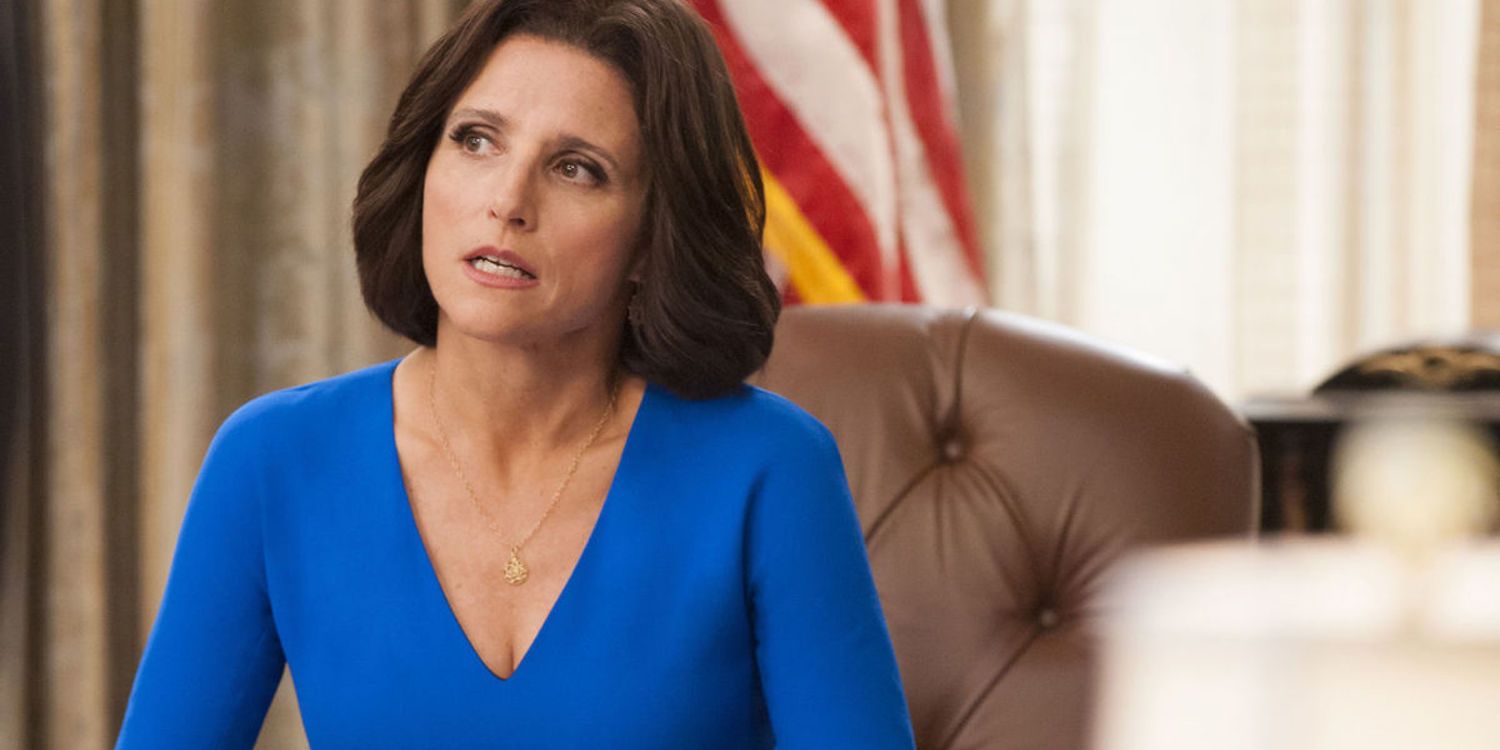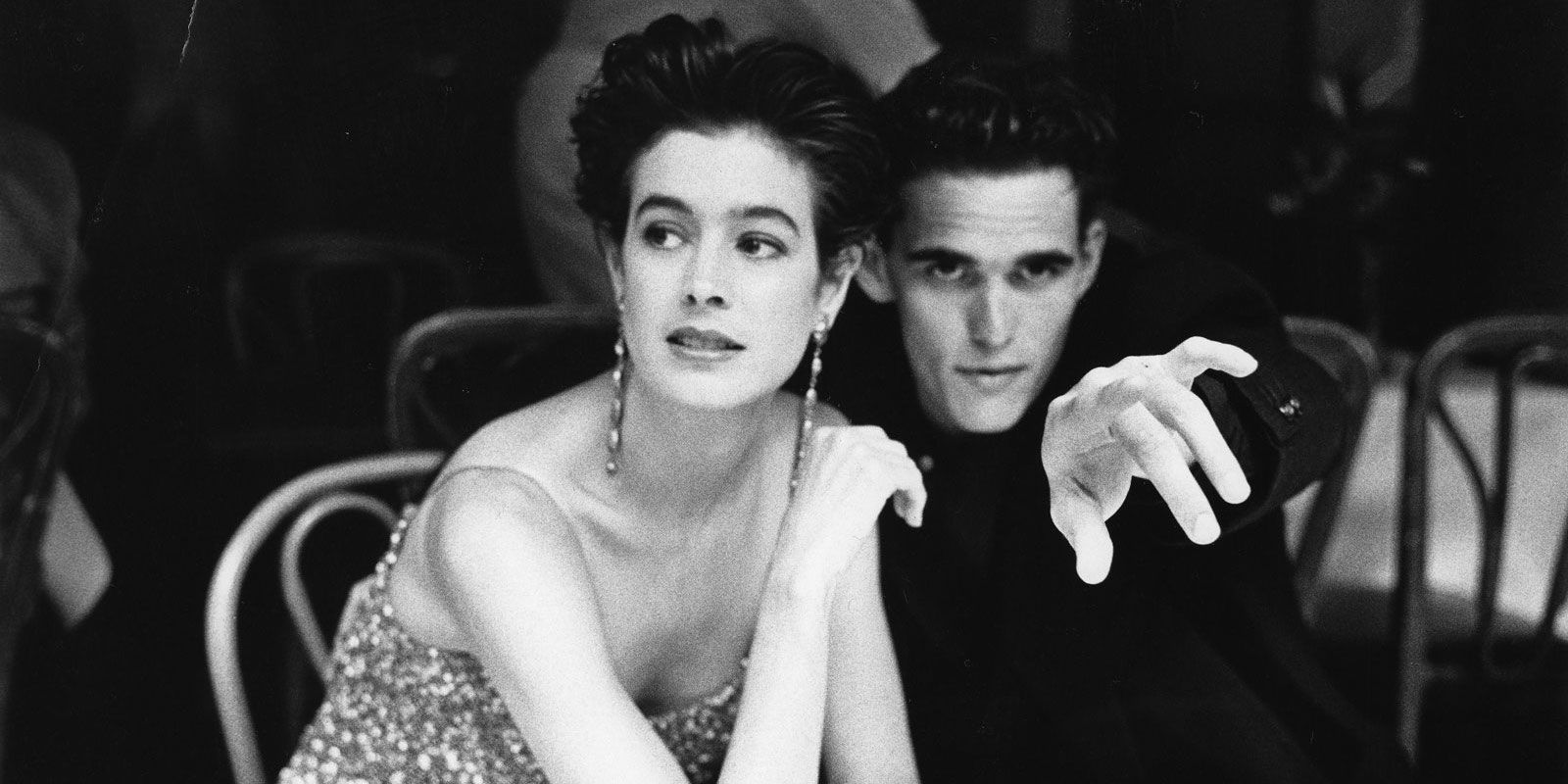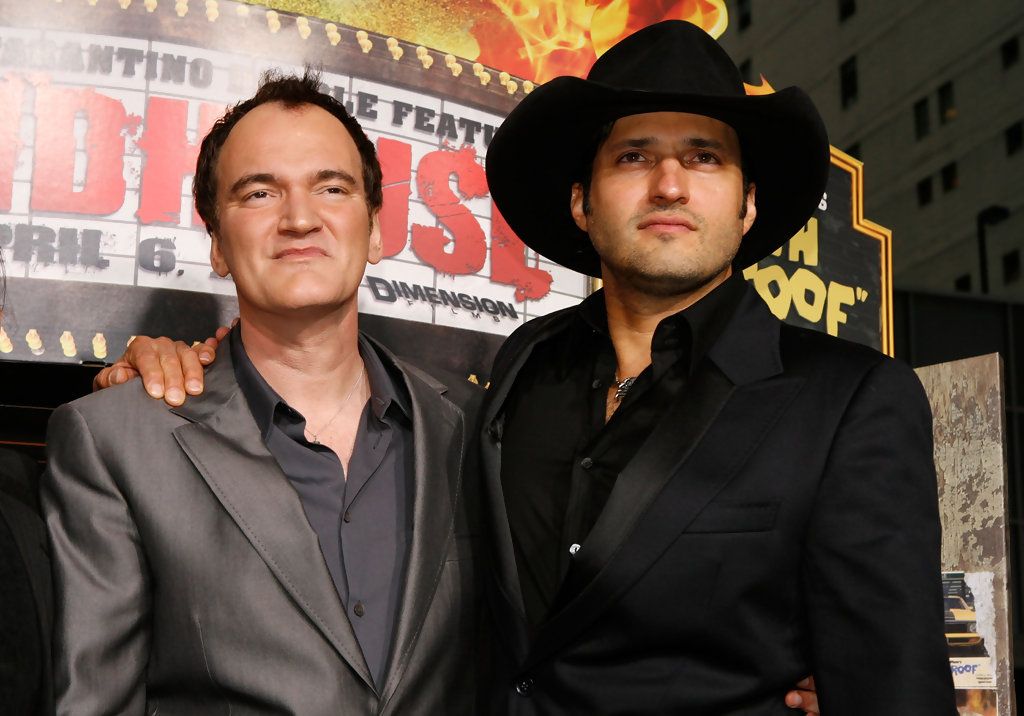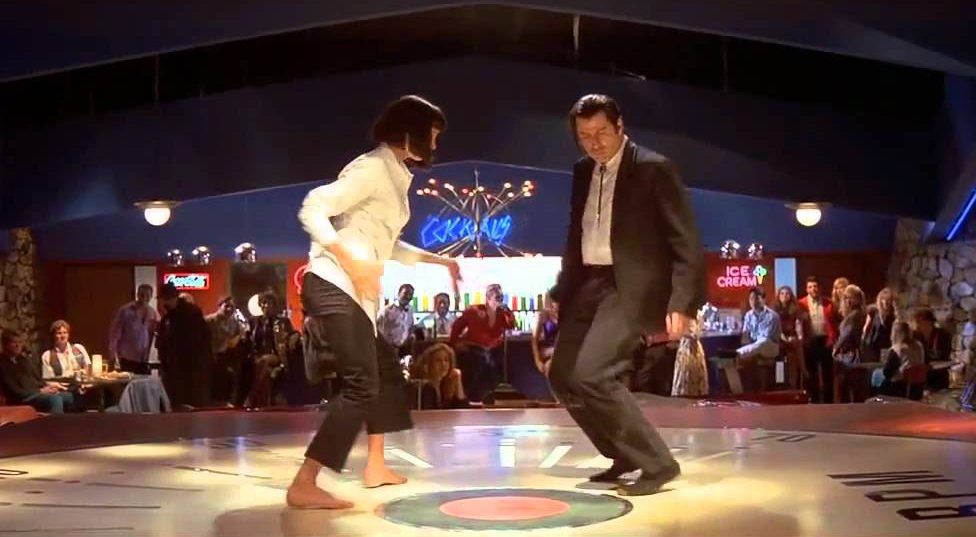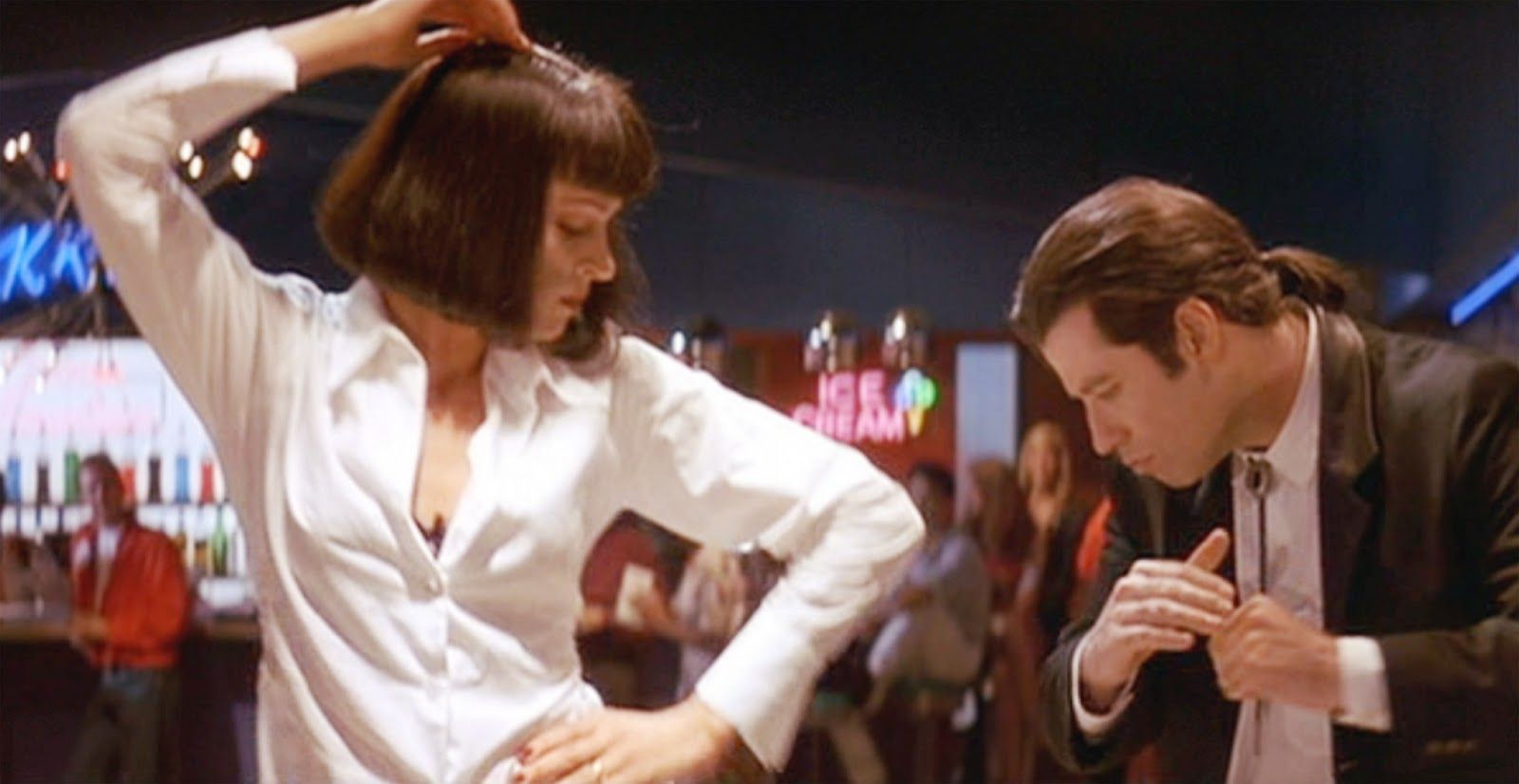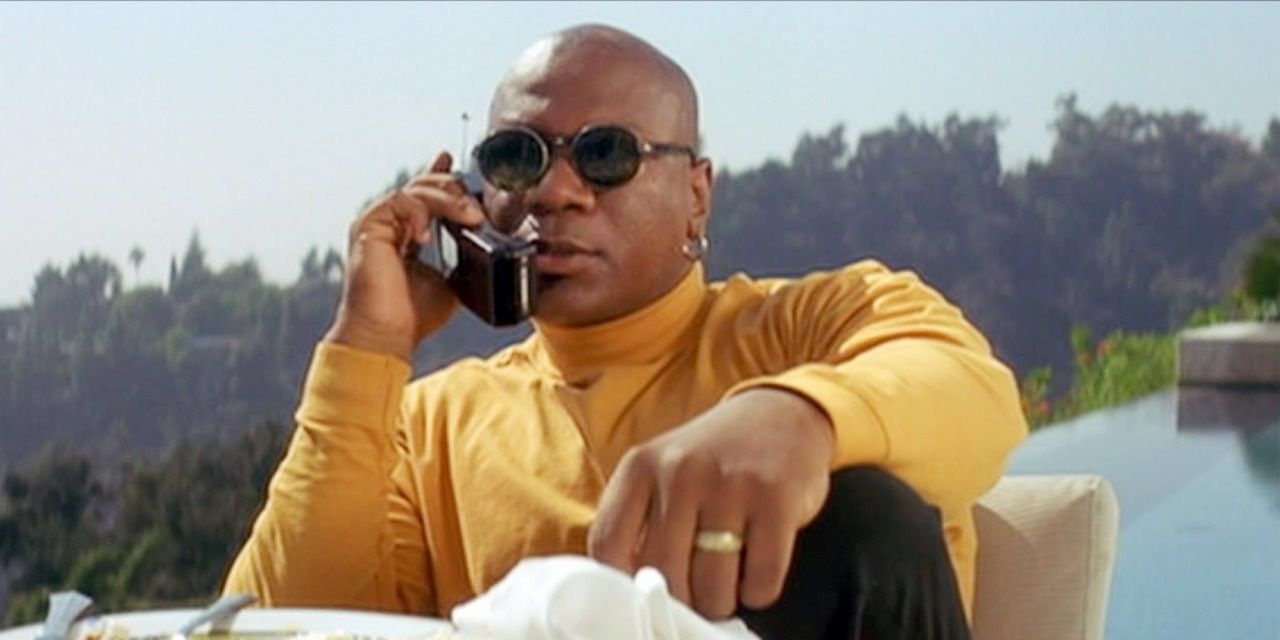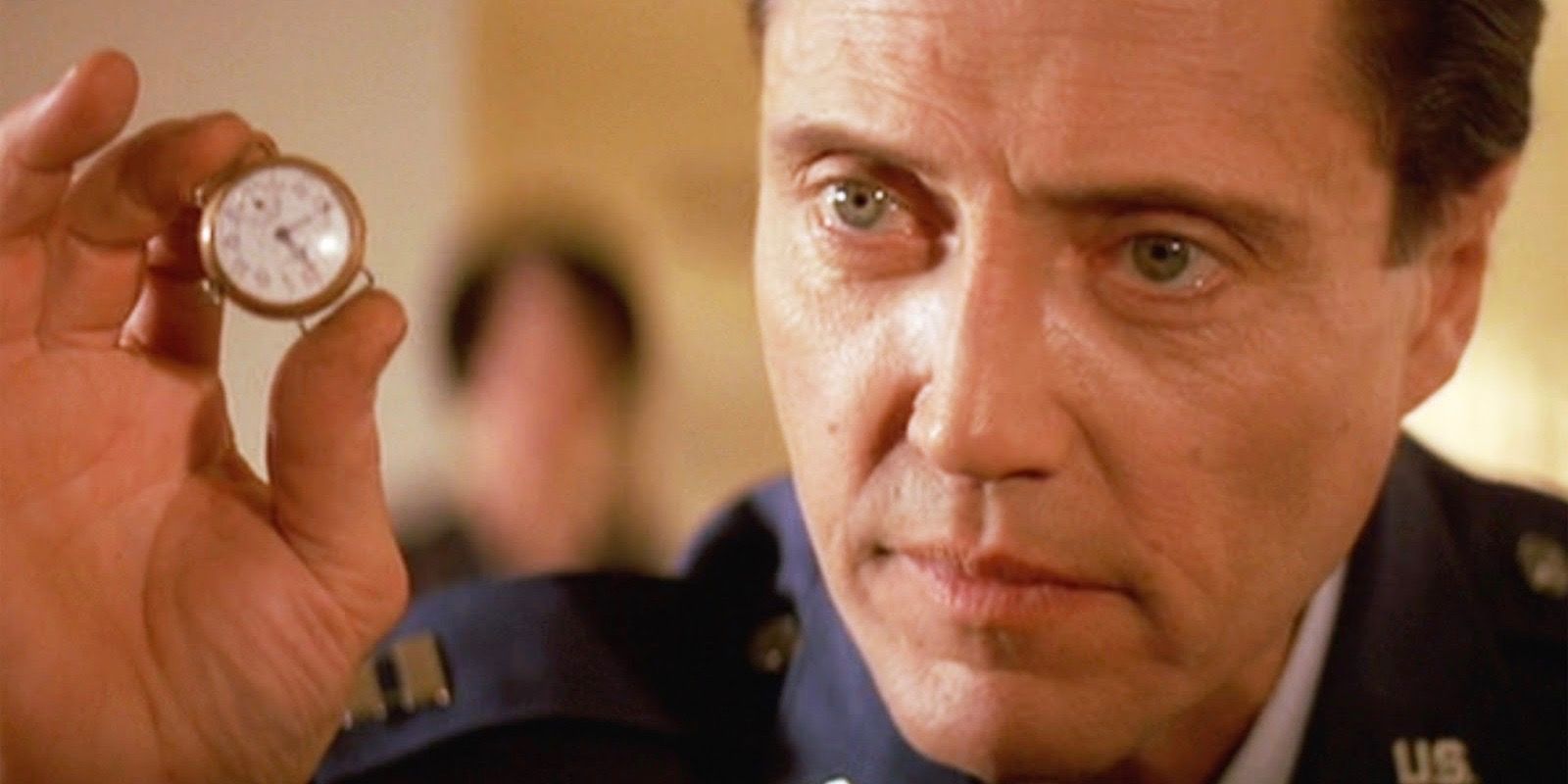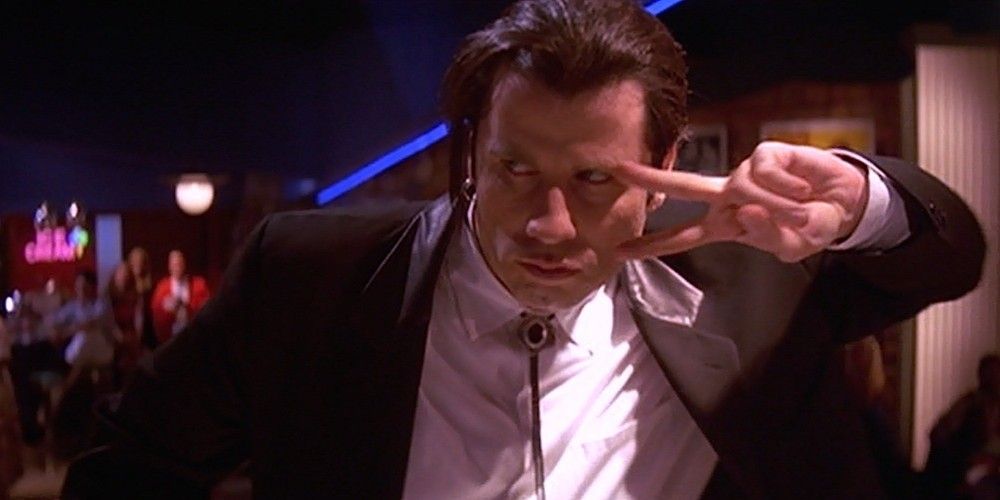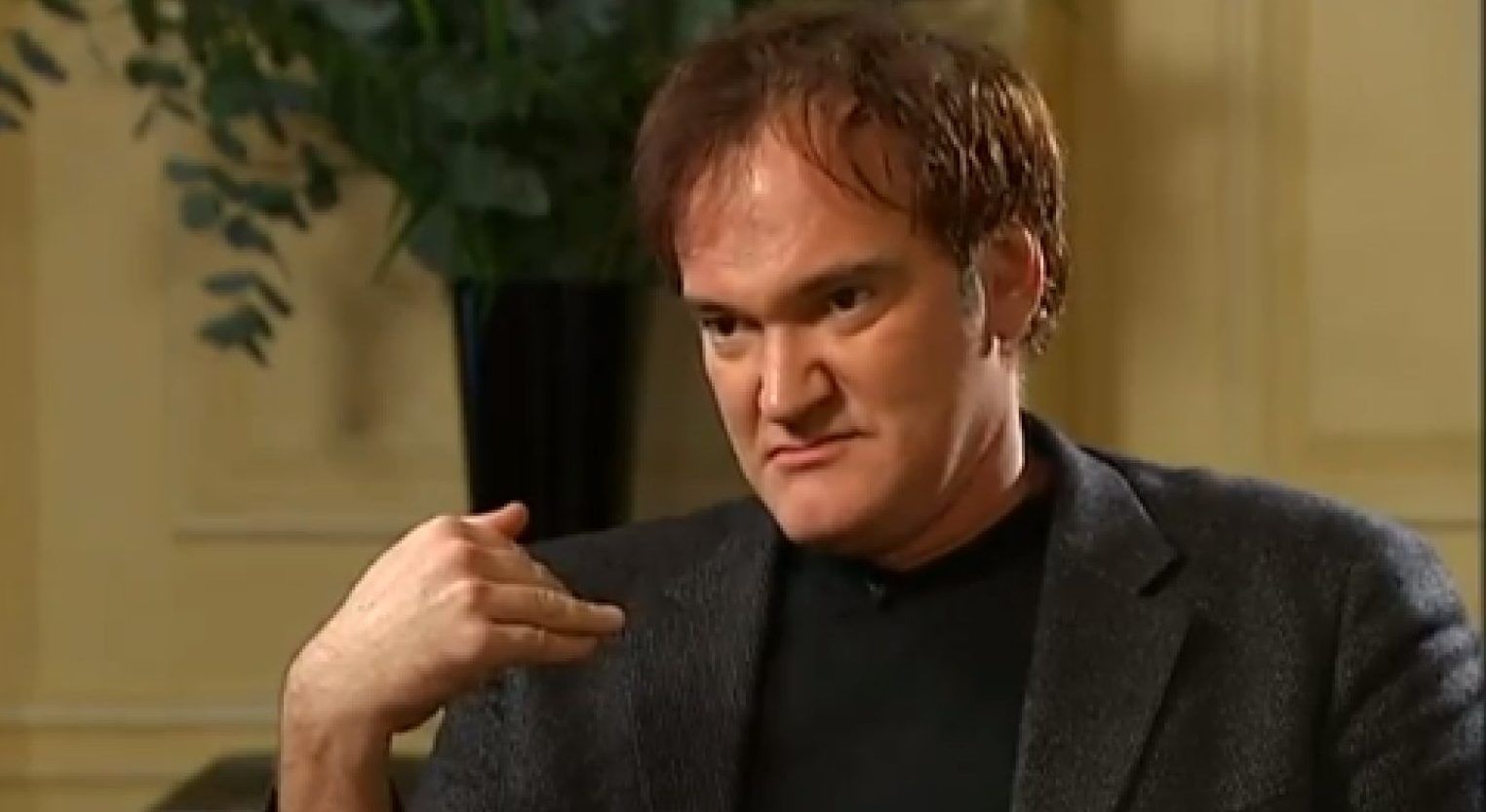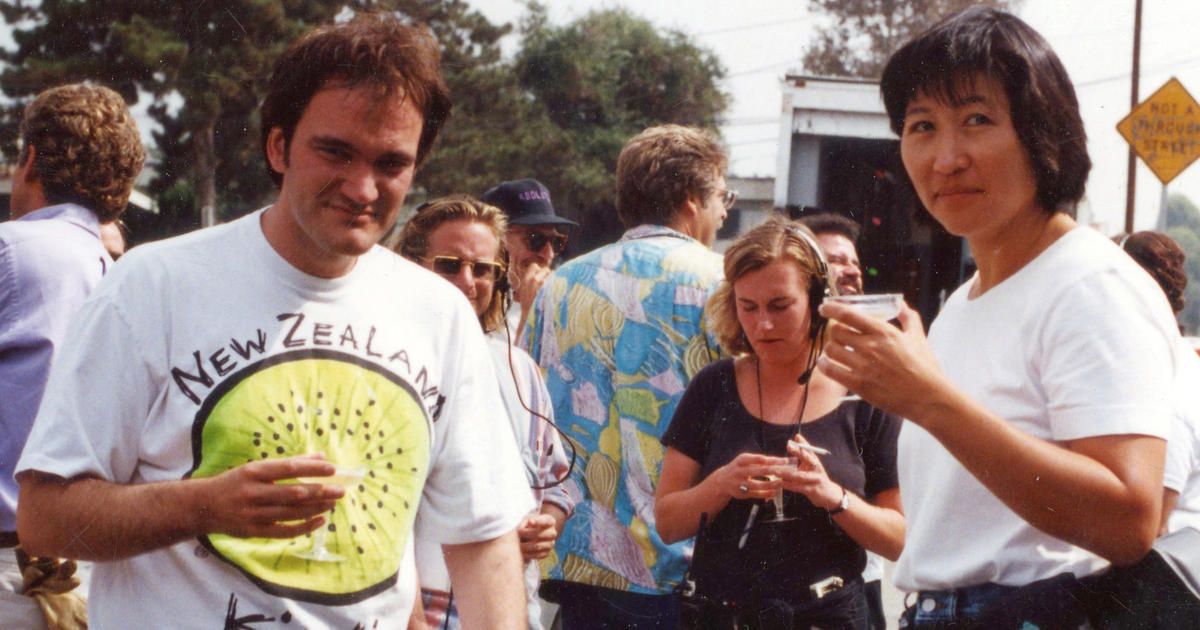Quentin Tarantino's Pulp Fiction is a brief window into the well-realized lives of LA lowlives and crooks. A rock 'n' roll neo-noir. A comedy awash in sunny nihilism.
It was a film expertly crafted and honed from the jagged spare parts of low-brow art like lurid comic magazines and grotty preoccupations. It's a one of a kind pop culture artefact that has been often imitated and never replicated. Its miraculousness extends to single-handedly revitalizing John Travolta's then failing career for a time and introducing the world at large to Mr. Samuel L. Jackson. Despite its mammoth 2-and-a-half hour running time, its bursting with iconic scenes and unforgettable quotes.
The sheer cleverness and inventiveness of Pulp Fiction -- its instantly memorable performances, the fragmented, interlocking narratives that reward repeat viewings and eagle-eyed viewers, the eclectic soundtrack and weighty themes of redemption and honour -- has ensured that many fans have breathlessly pored over every frame to find new meanings and watched every behind-the-scenes documentary to satiate an endless curiosity.
But the film's mythology, both its content and its construction, is so layered and dense that there are a few facts even die-hard fans are unaware of.
Here are the 15 Crazy Things You Didn't Know About Pulp Fiction.
Vincent Vega's Book
One of the many wonderful little details that colours Pulp Fiction is Vincent Vega's reading habit. An incompetent, substance-addicted hit-man, and seemingly intellectually incurious lunkhead, reading a particularly dense paperback book while in the washroom goes unremarked on in the film. But it grabs your attention on repeat viewings.
That book that so fascinated Vince? Modesty Blaise, a 1965 action/spy novel written by Peter O'Donnell.
The character of Modesty Blaise, a cross between Wonder Woman and James Bond, has also been the protagonist of a number of comic books. Tarantino, consistent in expressing his unabashed enthusiasm for obscure bits of pop culture ephemera, is quite a big fan of the novel. Although he has yet to write and direct a Modesty Blaise film, he has sponsored a 2003 direct-to-video production, Quentin Tarantino Presents: My Name Is Modesty.
Steve Buscemi's Cameo
Steve Buscemi stood out with his turn as the neurotic and weasel-y Mr. Pink in Reservoir Dogs.
Quentin Tarantino is known for working closely with the same actors on a number of projects -- Uma Thurman, Samuel L. Jackson, and Christoph Waltz, to name a few. So, for his second film, Tarantino availed himself of Buscemi's considerable talents again, only this time as a slightly disgruntled Buddy Holly waiter at Jack Rabbit Slims.
It might not be so obvious at first, given that Steve Buscemi is in a Buddy Holly wig and doesn't get a close up. But look for that nasally 'No' when Vince asks if there's any bourbon in the five dollar shake. Vintage Steve Buscemi right there.
Marsellus Wallace's Mysterious Band-Aid
The mystery of the contents of Marsellus Wallace's briefcase has remained mysterious since 1994. Nearly equally curious though is the band-aid on the back of Wallace's head, near his neck.
Some still theorize that its Marsellus Wallace's soul that's contained within the briefcase. The band-aid is to cover the wound from which the soul was pulled. Pretty strange and spooky.
However, it's often true that fiction is stranger and spookier than fact. As it turns out, the actor Ving Rhames cut his head shaving. Tarantino thought the band aid was an exciting little visual detail that could only make Wallace's scenes even more compelling, given that we spend a good few minutes as viewers staring at the back of Ving Rhames' head.
The Man Who Keyed Vince's Malibu
It's a lot of fun to speculate on a few of Pulp Fiction's dangling threads: What's in the briefcase? Where will Jules' "walk the earth" journey take him? What really happened to Tony Rocky Horror?
And who the heck keyed Vince's Malibu? It turns out there's an answer for that last one.
According to Tarantino, it was actually Butch who desecrated Vince's prized vehicle.
Vincent and Bush, both just at their absolute crankiest, meet each other at the bar and exchange some terse dialogue. Butch asks him what he's looking at, Vincent calls him a name. Take note of Butch's reaction when the guy who just called him a name is hugging the top gangster who just took pleasure in preening and yanking his strings. Butch had every reason in the world to key Vince's car.
Fox Force Five
Although we don't find out that much about Mia Wallace, we do know that she starred in the pilot for a show called Fox Force Five.
The show followed the adventures of an all-female team of deadly secret agents. There was Mia's character, an expert with a knife, a girl whose "speciality was love making", a girl who was a demolition expert, a kung fu expert, and so on.
If this rings any bells it's because Tarantino would take that template of an all-female team and use it for Kill Bill Vol. 1 & 2 in the form of the Deadly Viper Assassination Squad. The similarities are quite striking when you consider that Uma Thurman, who of course plays Mia Wallace, would also be a "knives expert" in those movies.
Uma Thurman Almost Wasn't Mia
It's impossible to separate Mia Wallace the character and Uma Thurman the actor. Uma Thurman's peculiar quality as a young actress -- projecting both naivety and worldliness -- helped solidify Mia Wallace as one of Pulp Fiction's most fascinating characters. That she's the face of nearly every Pulp Fiction poster feels right, as she effortlessly exudes that sublimely cool and slightly dangerous quality.
However, as it turns out, Julia Louis-Dreyfus very nearly snagged the part, while Jennifer Aniston also had a clear path to Mia Wallace.
The reason they turned it down was due to their tight schedules on their hugely popular sitcoms, Seinfeld and Friends respectively. Michelle Pfeiffer was also in the running, along with legendary French actress Catherine Deneuve.
Matt Dillon Was Nearly Butch
Quentin Tarantino originally wrote Butch Coolidge, an ageing boxer who puts it all on the line for a shot at freedom, with Matt Dillon in mind.
Dillon, only 29 at the time, would no doubt have brought a different energy to Butch Coolidge. Tarantino sent Dillon the script, but Dillon's reply was a little less than thrilled: He would need some time to think about it. Tarantino eventually convinced Bruce Willis instead, who was of course a much bigger movie star. With Willis' movie star cache, Miramax was able to sell the international rights for Pulp Fiction for 11 million dollars, making Pulp Fiction a profitable film before it played to a single crowd.
Not only was it a good business decision, but it worked for the film's story too. Butch's desperate bid wouldn't have been quite so moving if he was young, fit, and with a head full of hair.
Robert Rodriguez Lent a Directorial Hand
Quentin Tarantino played Jimmy, the poor sucker who's tasked with having to help clean up Jules' and Vincent's Marvin mess.
Behind the camera, lending direction during Tarantino's scenes as Jimmy, was fellow filmmaker Robert Rodriguez. Robert Rodriguez himself was pretty hot off of his feature length directorial debut, the low-budgeted action flick El Mariachi.
Evidently Tarantino and Rodriguez developed quite the rapport, as they've collaborated on quite a few projects over the next decade or so. Tarantino would write the screenplay for Rodriguez' film, From Dusk till Dawn, and cameo in it as well. Tarantino directed a sequence in Rodriguez' adaptation of Frank Miller's Sin City in 2005. And in 2007 they collaborated on the ill-fated Grindhouse double feature, Planet Terror and Death Proof.
Vince and Mia's Dancing Victory?
We're left to assume Vincent and Mia won the dancing contest at the 1950s restaurant Jack Rabbit Slims. How could they not have? They arrived at Mia's later that night clutching the trophy, not to mention that their dance was an all-timer.
Nonetheless, it's entirely probable that Vince and Mia did not win and in fact just stole the trophy.
We're privy to this juicy bit of information when we follow Butch Coolidge's story, as he sneaks around his apartment block. We can hear snippets from the TV, including an advertisement for Jack Rabbit Slims, and, very faintly, a voice in the commercial that says the trophy was stolen. Vince and Mia's segment was set the night before Butch's. It checks out.
Uma Thurman Was Extremely Nervous Before The Dance Scene
Uma Thurman was said to have been extremely nervous before her dance scene with John Travolta. It was an important turning point in the film, and an exciting and cinematic demonstration of their relationship. Getting it right, down to the second, was absolutely essential.
No doubt compounding her nervousness was Travolta's legendary moves as seen on Saturday Night Fever and Grease. "I was so embarrassed and awkward and shy", the actress confessed.
To ease the nervousness, Tarantino demonstrated a few of the dance moves himself before shooting for the scene began. It was then that it clicked for Thurman that whether the dancing was good, bad, or indifferent, it wasn't important. What was important was that Mia and Vincent have fun.
My Sharona Was Almost In The Soundtrack
During the scene in which the feared gangster Marsellus Wallace is attacked by a hillbilly in the pawn shop's basement, there's a particular piece of music blaring, a feverish and monotonous tune, that adds to the surreal, intense nature of the scene. The song is one by The Revels called "Comanche."
However, Tarantino was initially determined to play a different piece of music. Specifically, My Sharona by The Knack.
It would've surely altered the scene in a significant way, perhaps making the tone of it more cavalier. A jaunty song juxtaposing against a heinous violation, all for the sake of some smirking irony. It would have, if possible, been a crueler, more unpleasant scene. Thankfully, a member of The Knack was not down with that at all, citing their born again Christian beliefs.
The Small Budget
With all of Pulp Fiction's funky sets, stylish costumes, and all-star cast, you'd think its budget would be fairly sizeable. Or at least a mid-range budget. Surprisingly, it cost very little to make.
The total budget ran at $8.5 million, with 5 of those millions going towards the actors.
In the 1990s, the average Hollywood movie budget was totalled at around $50 million, meaning that Pulp Fiction's budget was still rather shoestring for its time.
Due to some expert marketing that distilled the film's uniqueness and made it intriguing for a general audience, not to mention the hype, Pulp Fiction was the first indie movie to make over $100 million. It then crossed even that and made over $200 million.
Tarantino's Secret Consultant
Pulp Fiction has a complicated relationship with cinematic substance use, somehow both glorifying it and rubbing your nose in the harsh realities of it. Vincent Vega doing illegal acts to the cool tunes of "Bullwinkle Part II" is undeniably appealing, even if you know you'd never actually touch the stuff with a ten-foot pole. But Mia Wallace passing out from those very same substances is certainly not for the faint of heart.
Quentin Tarantino's recovering buddy, obviously no stranger to the allures and dangers of street substances, served as a consultant. One memorable piece of advice he gave Travolta was that, in order to mimic the effects of the substances without ingesting them, he should submerge himself in a hot tub while under the influence of tequila.
Tarantino Wrote the Script in Amsterdam
Following the huge success of his debut Reservoir Dogs, Quentin Tarantino, with the $50 000 went he'd just earned, went on an impromptu three month vacation to Amsterdam.
Tarantino, holed up in a one-room apartment with no fax or telephone, wrote the first draft for Pulp Fiction. His day consisted of getting up and immediately writing in his notebook, going for a stroll around the canal drinking huge amounts of coffee, and then going back to his apartment to write. The first draft totalled a gobsmacking 500 pages. That's roughly 8 and a half hours of movie.
No doubt some of Tarantino's experiences in Amsterdam informed some of the script, such as Vince's musings on hashbars and how a McDonald's in Europe is just a little different from a McDonald's in America.
Linda Chen Helped Tarantino Iron Out The Messy Script
Before Tarantino met Linda Chen, she was working as a typist and as an unofficial script consultant for venerated screenwriter Robert Towne.
Although Chen couldn't deny Tarantino's talent and genius, she couldn't help but balk at Tarantino's unconventional syntax and grammar. He seemed to have averaged 9,000 errors per page. When the illegible handwriting was taken into account too, Chen referred to Tarantino's first draft as "the diary of a mad man." Tarantino had an equally unconventional professional relationship with Chen, often phoning to ask if she was free at midnight to meet for dinner and bounce around a few ideas. Chen would later serve as a unit photographer too.
When asked if she was aware she was working on a modern cinematic masterpiece, Chen's response was amusingly blunt: "No, not at all".
--
So there you have it. Any facts behind the fiction we missed? Comment and let us know.

